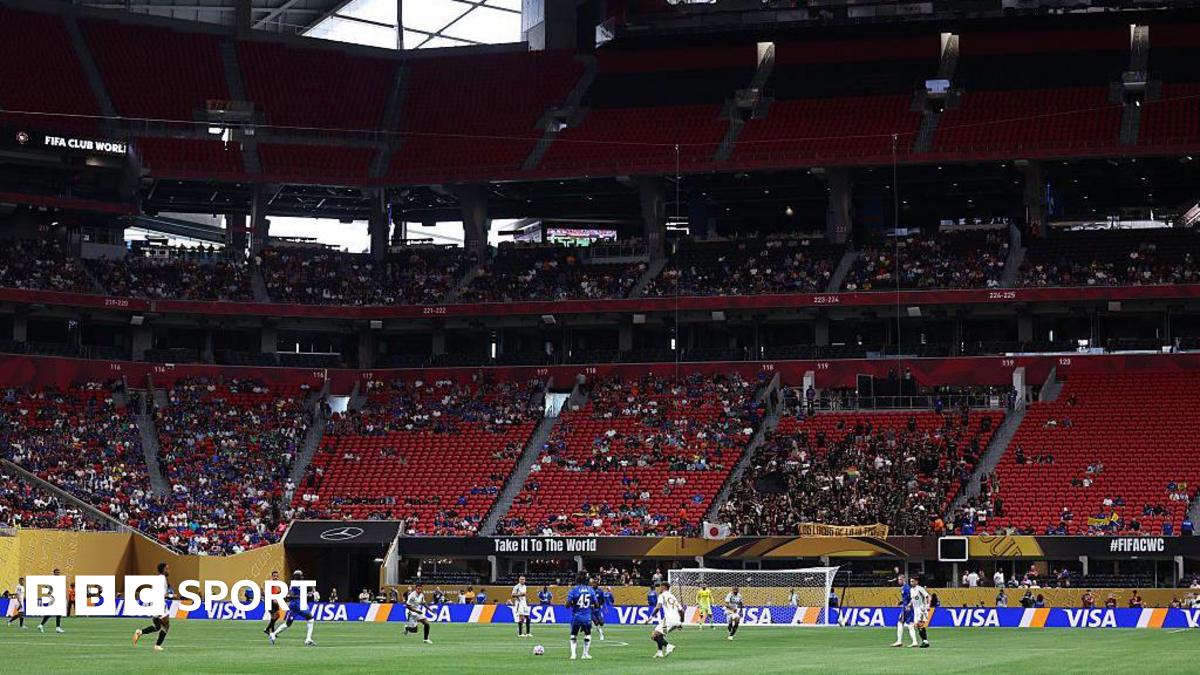![]()
Apple announced the iOS 26 update at WWDC 2025, revealing the "
Liquid Glass
" design. The new look of the OS sparked immediate debate and some playful jabs from tech rivals, particularly Samsung and Microsoft. Google has now entered into the fray by releasing a funny ad that shows a humorous exchange between
Google Pixel 9 Pro
and iPhone 16 Pro.In the latest ad released by Google, a "Pixel" phone persona playfully questions an "iPhone" persona about its newly announced
iOS 26 features
. The "iPhone" excitedly describes "live translation for text messages," "Hold Assist," and "call screening." Each time, the "Pixel" responds by noting it had these features "four years ago," "five years ago," and "seven years ago," respectively. The "iPhone" dismisses these resemblances as "crazy coincidences" and "so wild," culminating in the "iPhone" innocently asking what the "Pixel" is working on for its upcoming Pixel 10. The exchange underlines how several of iOS 26's innovations have been staples on Android devices for years.
Samsung and Microsoft also took aim at Apple's design and AI
Samsung was the first to subtly mock iOS 26's redesigned user interface. Samsung shared a post on X (formerly Twitter) that referenced the iPhone's new glass-like UI, stating, "Customizable apps? Floating bars? That sleek glass UI? Looks… familiar", subtly highlighting resemblances to Samsung's own previous One UI redesigns.
Samsung also took a jab at Apple's new AI-powered Live Translation feature for Messages, FaceTime and Phone. Pointing out its own established presence in real-time translation, a feature launched last year with the Galaxy S24 series, Samsung's post declared, "New to live translations? Welcome aboard! We’ve been translating text and speech in real-time for a while now." Microsoft also mocked Apple's "Liquid Glass" interface for macOS Tahoe 26. Microsoft posted a montage of Windows Vista screenshots on its Instagram account, complete with nostalgic boot-up sounds from 2007. The simple caption, "Just gonna leave this here," was a clear dig at Apple's perceived reinvention of transparent, glassy interfaces – a concept introduced by Microsoft's "Aero" effect in Windows Vista (and later Windows 7).







 English (US) ·
English (US) ·